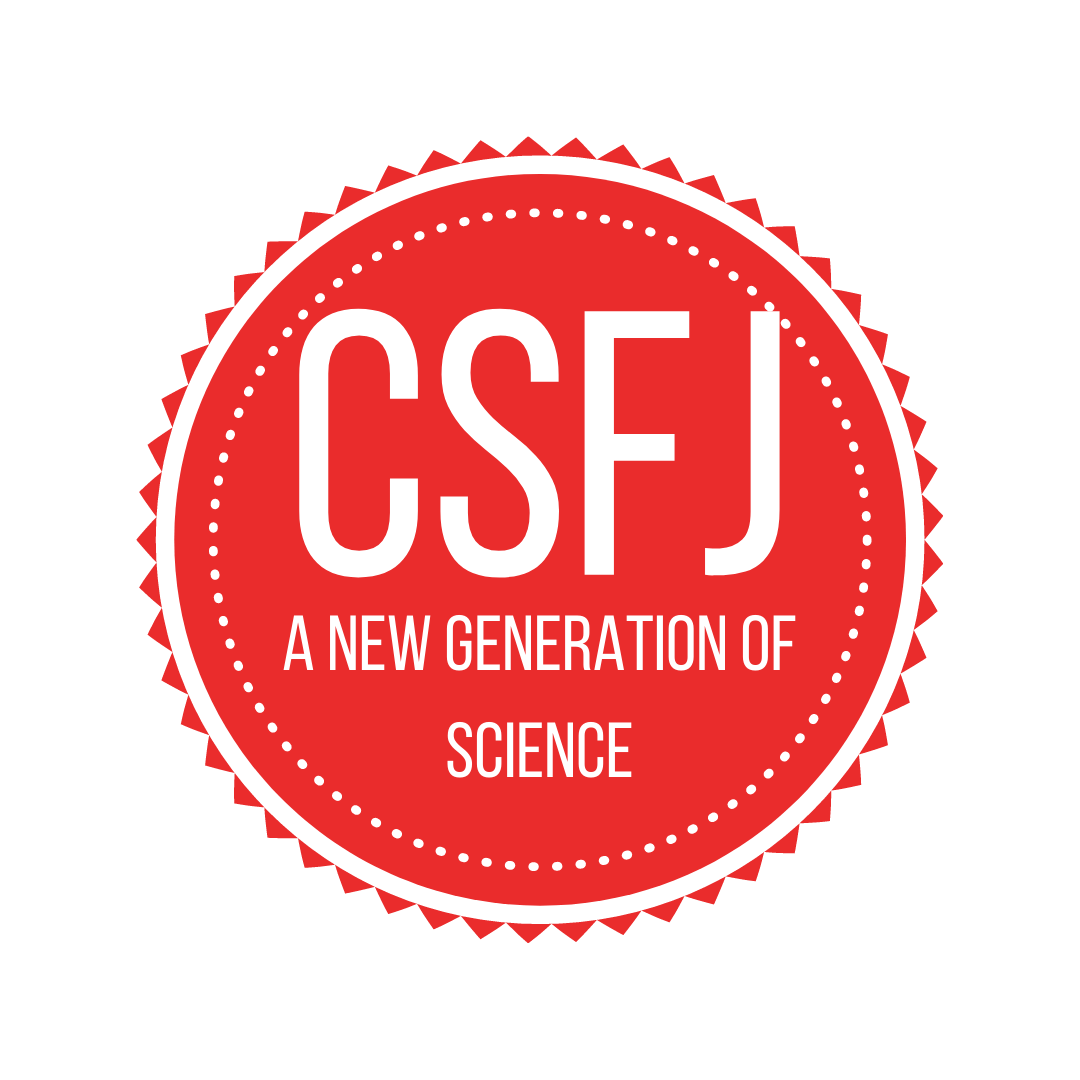by Jessica Walker
My first research study, completed in 2019, concluded that children have the ability to become more compassionate towards animals and act empathetically when given the proper education. As a result of my research, I founded The Little Red Barn Sanctuary, where families could learn compassion and increase their empathy towards farm animals. This project aims to demonstrate that compassionate empathy would increase with personal interactions and knowledge of farm animal welfare issues. Thereby shifting beliefs towards farm animals, motivating dietary changes with a plant-based emphasis, and promoting animal welfare involvement.







